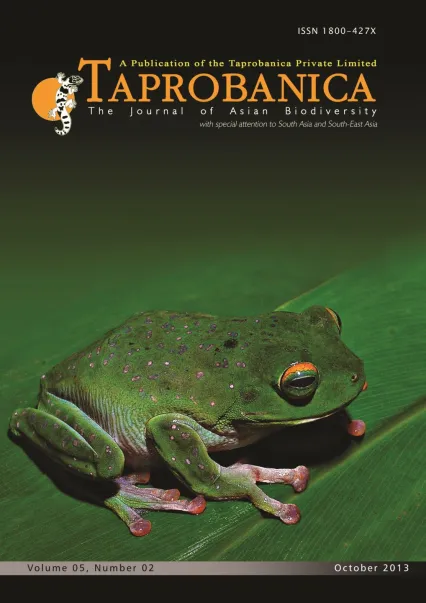

v5i2.109
Volume 5 | Number 2 | November 2013
Major Article
ISSN: 1800-427X (print)
eISSN: 1800-427X (online)
DOI:10.47605/tapro.v5i2.109
Submitted date: 19 August 2013
Accepted date: 18 November 2013
Published date: 25 December 2013
Pp. 131–137.
MIXED BREEDING SYSTEM AND ENTOMOPHILY IN Malachra capitata L. (MALVACEAE)
P.S. Raju* & A.J. Solomon Raju
*Corresponding author. E-mail: ajsraju@yahoo.com
Abstract
Malachra capitata is a small seasonal herb. Flowering occurs during September–October. It is hermaphroditic and self-compatible with a mixed breeding system. The conspicuous floral displays, non-tubular nature of the flower, and the small volume of nectar with high sugar concentration attract bees and butterflies with bees serving as the principal pollinator. The fruit set is 21% in open-pollination mode despite the hectic foraging activity of bees and butterflies. The observed fruit set rate is attributed to the high percentage of flower predation by beetles, and by the nature of soil nutrient/environment requirements. The fruit is a schizocarp with five 1-seeded indehiscent mericarps. New plants arise from seed during the rainy season mostly at parental sites and usually form pure stands; the plants complete their life cycle within six or seven months.
Key words : mangrove associate, herb, insects, pollinator, soil binder, landward plant, India
Section Editor: James L. Reveal
eISSN: 1800-427X (online)
DOI:10.47605/tapro.v5i2.109
Submitted date: 19 August 2013
Accepted date: 18 November 2013
Published date: 25 December 2013
Pp. 131–137.
MIXED BREEDING SYSTEM AND ENTOMOPHILY IN Malachra capitata L. (MALVACEAE)
P.S. Raju* & A.J. Solomon Raju
*Corresponding author. E-mail: ajsraju@yahoo.com
Abstract
Malachra capitata is a small seasonal herb. Flowering occurs during September–October. It is hermaphroditic and self-compatible with a mixed breeding system. The conspicuous floral displays, non-tubular nature of the flower, and the small volume of nectar with high sugar concentration attract bees and butterflies with bees serving as the principal pollinator. The fruit set is 21% in open-pollination mode despite the hectic foraging activity of bees and butterflies. The observed fruit set rate is attributed to the high percentage of flower predation by beetles, and by the nature of soil nutrient/environment requirements. The fruit is a schizocarp with five 1-seeded indehiscent mericarps. New plants arise from seed during the rainy season mostly at parental sites and usually form pure stands; the plants complete their life cycle within six or seven months.
Key words : mangrove associate, herb, insects, pollinator, soil binder, landward plant, India
Section Editor: James L. Reveal
- List of Articles & Contents





